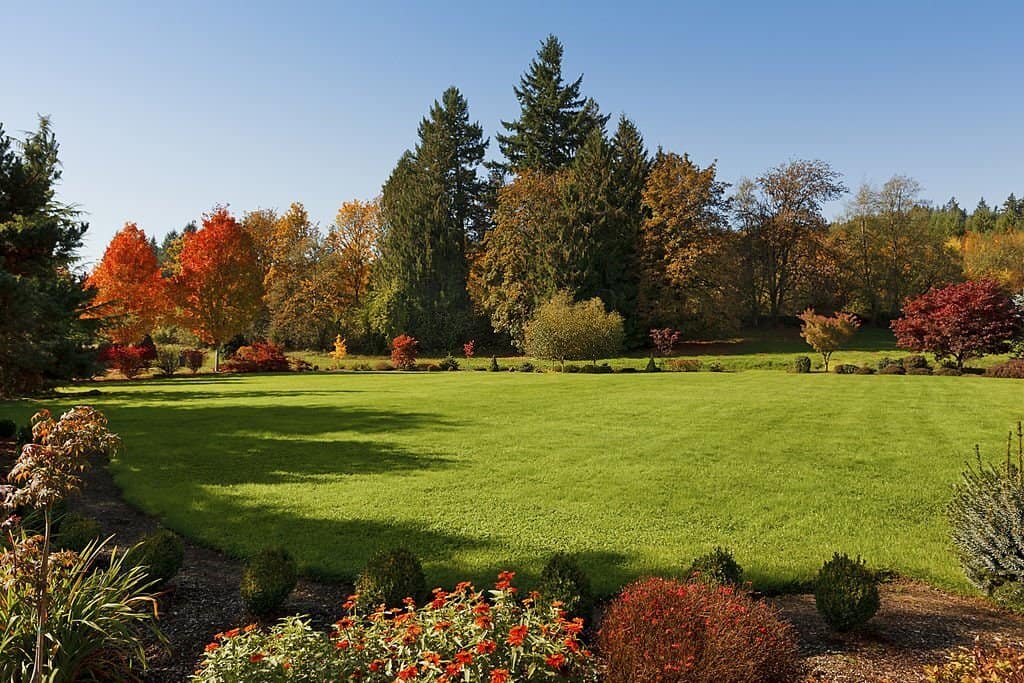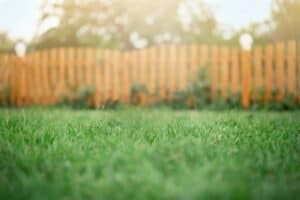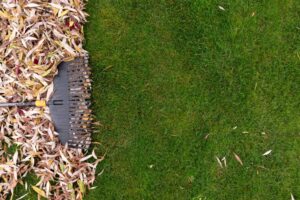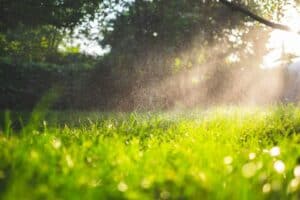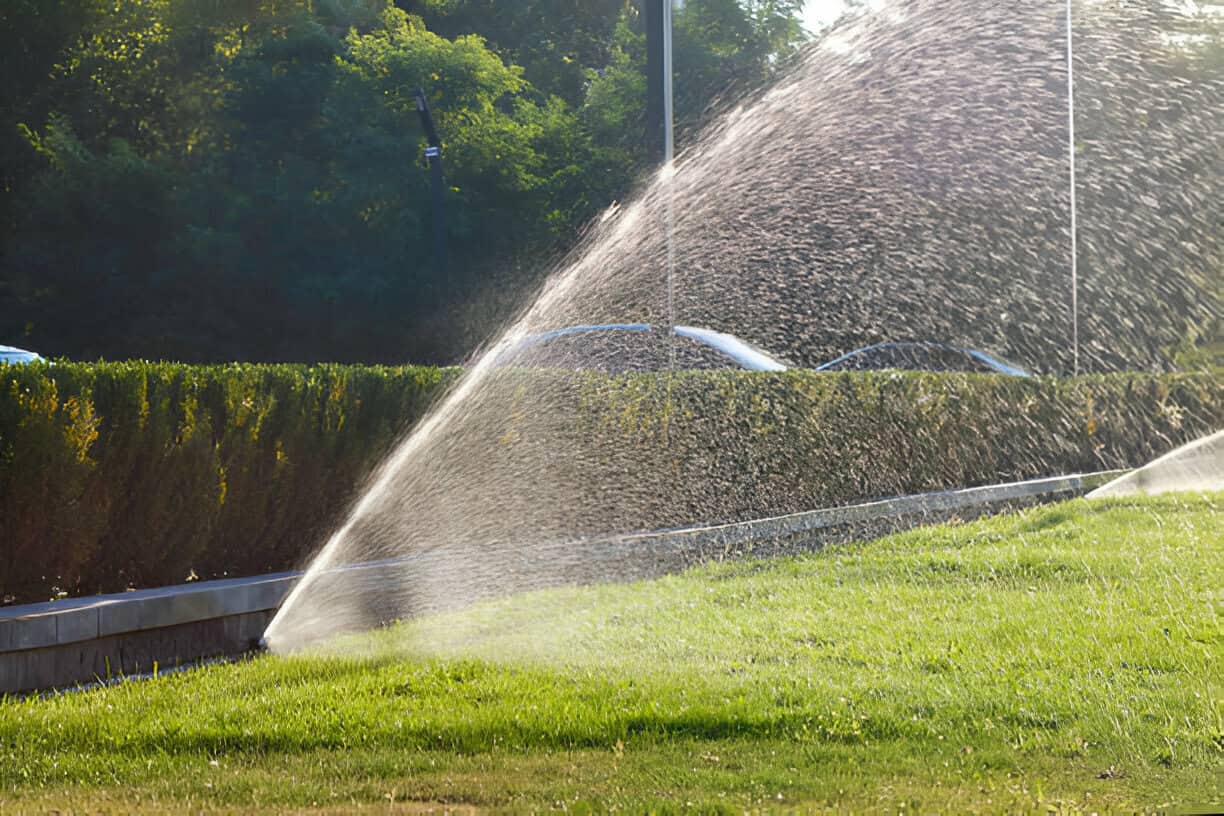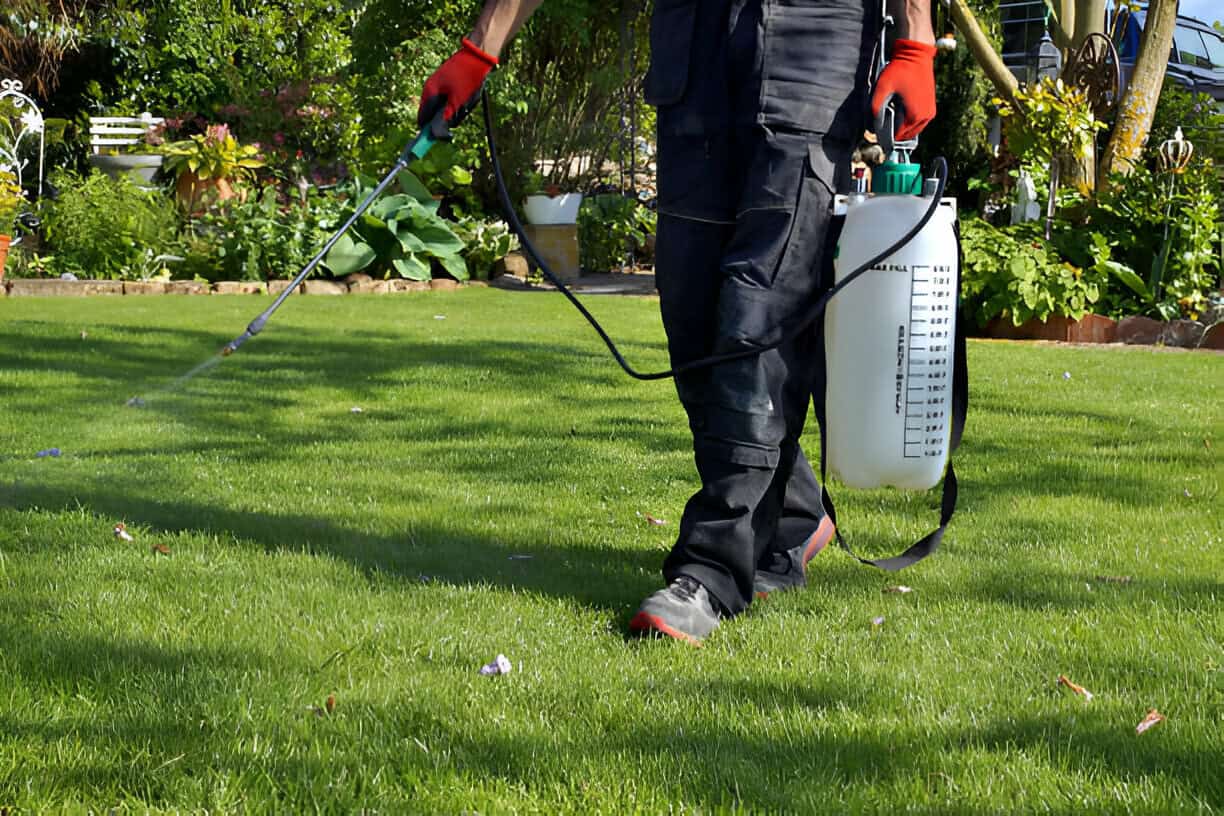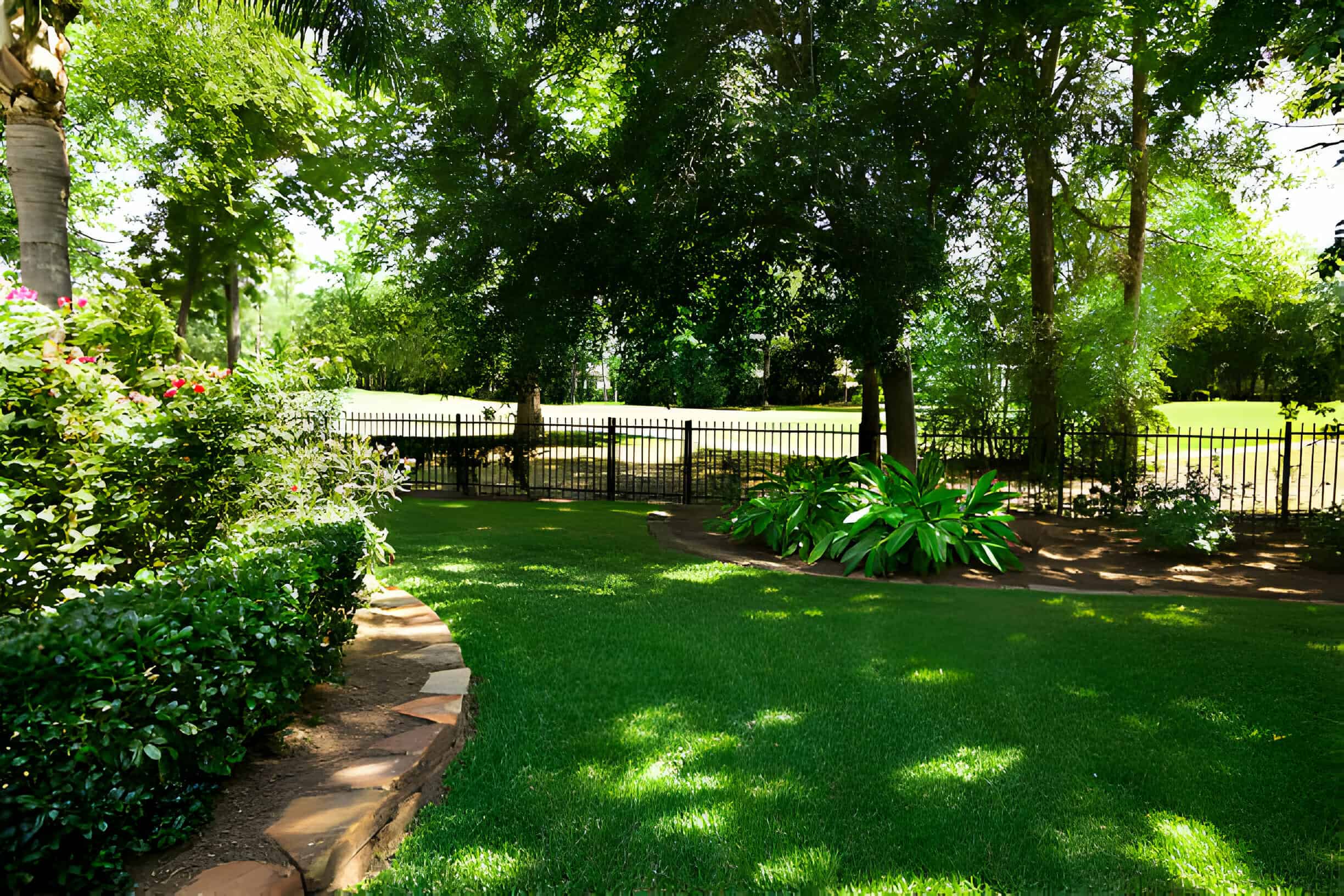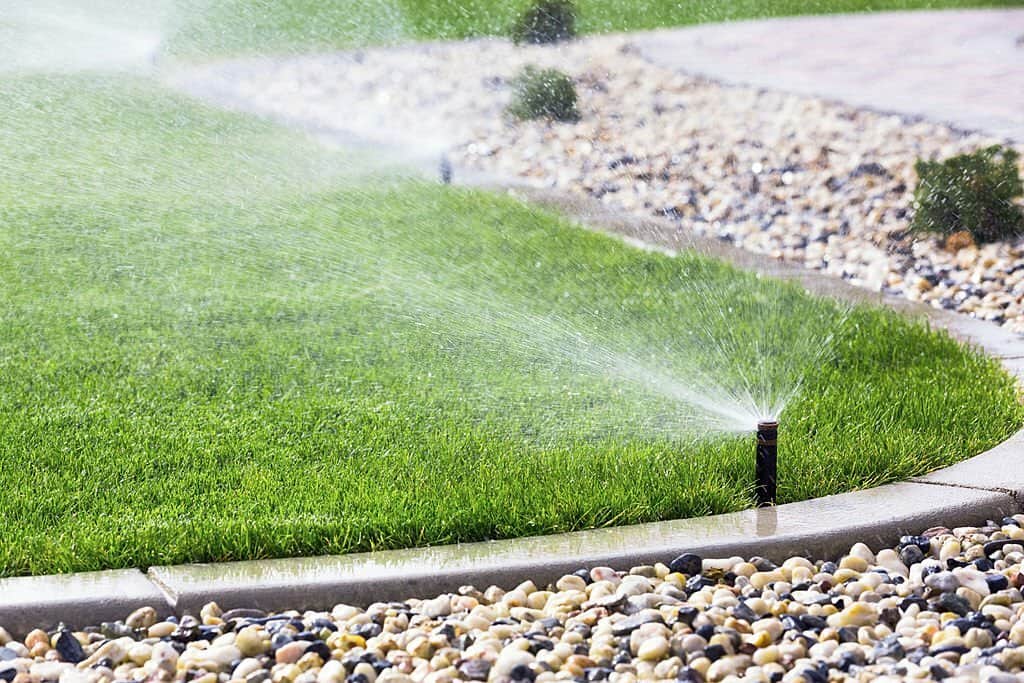Maintaining a healthy and lush lawn takes a lot of groundwork.
There are a lot of factors to consider in order to bring out the natural vigor of your lawn, and knowing a few things beforehand saves you the time and money you will drain if you don’t do proper lawn care right in the first place.
Warm-season grasses need proper care to grow and withstand the harsh changes of seasons which can result in annoying bare spots in your yard.
In this article, we will guide you on how to get that amazing green color that makes your neighbors jealous, and how to maintain a warm-season lawn in simple and actionable ways all throughout the season.
What are Warm-season Grasses?
Warm-season grasses are types of grass that grow well in high-temperature areas of the Central and Southern US. They are at their greenest when summer comes and in the late fall and winter, they turn brown or what we usually call the “dormant period”. The blades will often turn brown for the rest of the season and will only turn green again once the spring comes.
Bermuda grass, zoysia grass, St. Augustine grass, carpet grass, buffalo grass, and centipede grass are some of the most common examples of warm-season grasses that usually thrive in Southern regions.
Maintenance Practice for Summer (June to August)
Water Your Lawn Every Week
Under the intense heat of the sun during summer, your lawn may not receive an adequate amount of water to keep the soil moist and healthy.
Be sure to water your lawn once a week to maintain the greenness of your grass. Water it at the earliest time of the day so that the grass blades dry out and the wet grass doesn’t promote fungus growth. Whether the water comes from a hose or by precipitation, your lawn should be irrigated weekly with 1 inch of water.
Mow the Grass Tall
Depending on the variety of grass, mowing it at an appropriate height with sharp mower blades prevents the germination of weed seeds from taking over your lawn. The summer weeds build up when hit by sunlight, so mowing your grass tall helps block all the sunlight from supporting life to these lawn enemies.
For Bermuda grass, a maximum of 3 inches allows better root growth which means fewer pests.
Sharpen Your Mower Blades
Lawn diseases can happen on your turf for many reasons. One of which is using dull blades on your mower, which actually tear the grass blade.
Unlike a sharp blade, a dull blade smashes the grass blade’s edge which results in a torn end instead of a clean cut. In effect, the damaged end will wilt which becomes more vulnerable to pests and lawn diseases.
Fertilize
If you missed fertilizing your yard in late spring, it’s time to fertilize your warm-season grasses in summer. Don’t forget to keep an eye on your local fertilizer blackout dates and to fertilize once every quarter to prevent over application.
Aerate
Warm-season lawns should be aerated in the early summer when the grass is continuously growing. Aeration helps ease compaction and allows air to penetrate your lawn’s roots. A core aerator, which eliminates small cores from your grass, is the perfect option.
It’s advisable to cut the lawn fairly low before aerating to reduce the time needed for the machine to eliminate the cores. Using the aerator, make numerous passes in various directions.
Maintenance Practice for Fall (September to November)
Dormancy can occur at different times depending on the environment and seasonal conditions in your area. Lawns will go dormant if they are exposed to an annual hard frost. Lawns will continue to flourish in the South and West.
Water
In order to keep grasses actively growing green all winter long, regularly water your lawn to 1 inch each week, which includes precipitation.
Get Rid of the Weeds
Late summer and early fall is the time to spray your grass with a pre-emergent herbicide to help avoid winter weeds. If you plan to over seed in the fall, wait 6–8 weeks before applying a pre-emergent pesticide to kill weeds.
Fertilize
Fertilize two to three weeks before the ground freezes from the first frost of the season.
If you live on the Northern side, fertilize earlier. If you’re going to use a pre-emergent weed killer to fight cool-season weeds, soak your fertilizer first, then wait a few days before applying the pre-emergent.
In general, there are warm-season grasses like zoysia and bermuda, which are ok to not fertilize when fall comes. If they do, it’s appropriate to fertilize only with potassium-rich fertilizers to keep your lawn healthy when the dormant winter months approach.
Also, avoid using nitrogen during this season because it stunts your lawn growth when it’s out of season.
Maintenance Practice for Winter (December to February
While the grass is still dormant, there’s not much heavy work during the winter. However, there’s still maintenance practice you should not neglect to keep the growth of your lawn.
Weeds
When winter comes, be on the lookout for winter weeds that may grow on your lawn. To stop them from spreading, treat your lawn with an herbicide. Apply it when the soil temperatures go to 55 F.
Check Soil Fertility
While the grass is still dormant, it’s the most appropriate time to check the fertility of your soil. There are available home test kits that you can use or you can reach our to your local university extension office for them to run a soil sample analysis for you.
Get Your Mowers Ready
Compared to the other seasons, you don’t really need to mow a lot during the winter. While looking at your grass from afar, keep the height slightly taller than normal to protect the grass blades and stolons.
Watering: Keep it simple
Irrigation maintenance practices for areas that receive rain or snow aren’t normally as critical throughout the winter.
When it comes to watering your lawn, you don’t need to go overboard. It is important, however, to water your lawn sufficiently to keep the soil moist and the grass blades from drying up if you live in a region with a dry winter.
If your grass is in a state of dormancy, this does not indicate that it is dead and does not require water.
Maintenance Practice for Spring (March to May)
Water
Now that it’s spring, keep 1 inch of water per week to sustain moisture and keep your grass alive. It is highly recommended that you deeply water your lawn rather than tiny sprinkles.
Lawn Repair
If you plan to fix something in your lawn, spring is the perfect time to repair the damages.
Dethatch and Aerate
Aerate and dethatch lawns during active spring and early summer growth. This reduces soil compaction, improves drainage and reduces risks of lawn disease. Aeration is loosening the soil to permit air, nutrients, and water to penetrate the roots smoothly.
The type of soil determines the demand for aeration, not the type of grass. Aeration isn’t necessary for many warm-season grass species that thrive in sand, but it’s a good idea for lawns that have compacted soil.
Weeds
If you forgot to put a pre-emergent herbicide during the winter, it is best to apply it when the temperature goes 55 F, or before the growing season starts. Getting an early start on weed control and removing fallen leaves makes lawn care much easier in the mid summer months.
Mow At An Appropriate Height
Now that the grass starts to grow green, make sure to mow it at the appropriate height. For bermuda grass, we recommend that it should be scalped to its lowest advisable height of 1/2 inch. Be sure the keep the grass clippings on the lawn as it’s a good source of nitrogen.
Fertilize
Once the dormancy period ends, fertilize your turf with slow release fertilizer as it is environmentally friendly and it lasts longer compared to the usual fertilizer.
Follow the suggested rate on the bag for your soil type when you apply fertilizer. Consider using a lower spreader setting and return to the area with any extra.
When using a broadcast (rotary) spreader, be sure to divide it into two and apply it in two directions (from north to south then east to west) to make sure that the entire lawn gets evenly covered.
Save a Ton of Work by Hiring a Pro
While maintaining your yard can be fun, it can also be physically demanding to keep it lush, green and healthy all year round.
Struggling to keep up with the demands of maintaining a warm-season lawn? Feel free to reach out to us. At Little Rocks Lawns, we do all the literal dirty work to maintain beautiful and healthy warm-season lawns so that you don’t have to.


